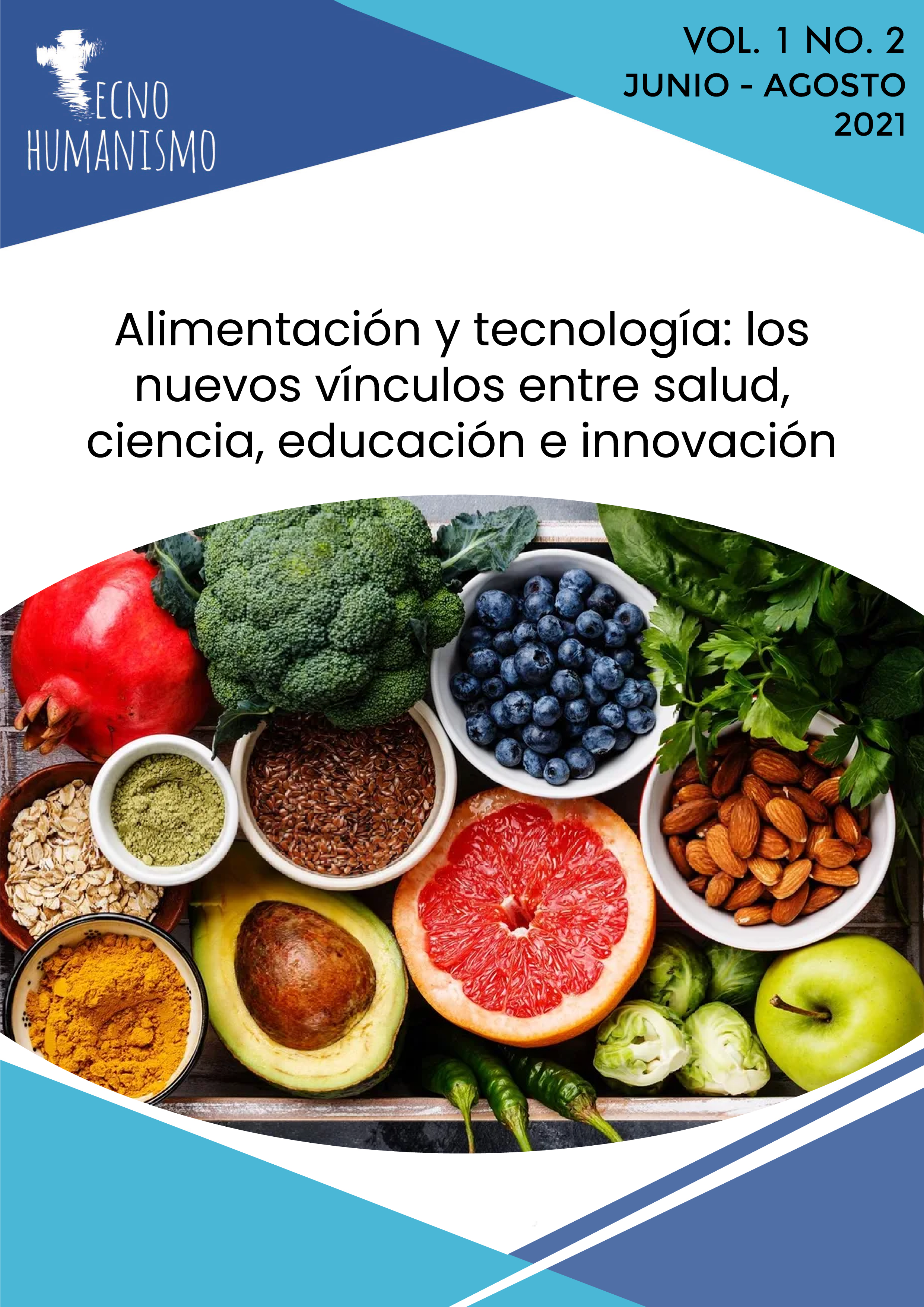
Vol. 1 No. 2 (2021): Food and technology: the new links between health, science, education and innovation

Peru offers the world a great diversity of products that are characterized by having important nutritional attributes. Currently, thanks to Peruvian gastronomy, which is increasingly positioned internationally, Peruvian superfoods have also been staged.
Peruvian products such as fruits, grains, vegetables, roots, herbs and fish have become a global food trend thanks to the properties and health benefits they offer. Superfoods receive this name because they are "functional foods that not only provide vitamins and minerals, but also have some of them in great excess and, therefore, help health and provide benefits."
This issue will address the benefits of superfoods, especially when taking as a context a changing environment in terms of food as well as health and technology, in such a way that not only is there the rise of the superfood concept, but also other that enter into a coalition such as food insecurity, contributing to the understanding of the meanings that are linked to this concept, specifically regarding: risks in the habitual diet of low-income families; long-term changes in your diet and context; as well as their efforts to protect and even improve family nutrition.
Nursing care will also be addressed, knowing that health institutions worldwide recognize the challenges that the arrival of a globalizing world entails, assuming the responsibility that quality has in the continuous improvement of care. The perspective from which the maximum well-being and safety of the patient can be assessed is through the appreciation that the patient has of the care he receives during his hospital stay, care that translates into client/patient satisfaction or dissatisfaction.
Also about new technologies in Peru, especially since technological development is still one of the main weaknesses in the country, despite the progress made in recent years. For example, it is worth mentioning innovative currents that are being presented in the country and that are worth studying in depth, such as those mentioned below.
First, emotional intelligence, a concept defined by Mayer as “an ability to perceive, assimilate, understand and regulate one's own emotions and those of others, promoting emotional and intellectual growth. In this way, this information can be used to guide our way of thinking and our behavior”. Linked to this, emotional education, which refers to the continuous and permanent educational process, which aims to promote the development of emotional skills as an essential element of human development, in order to train them for life and with the aim of increasing personal well-being. And social.
Likewise, the teaching-learning methods that are gaining strength in the community, learning styles, pedagogical leadership, research platforms among other problems that are intertwined with its operation and the support in technological and innovation resources as can be seen in each one of them.
Maria Gabriela Garcia















